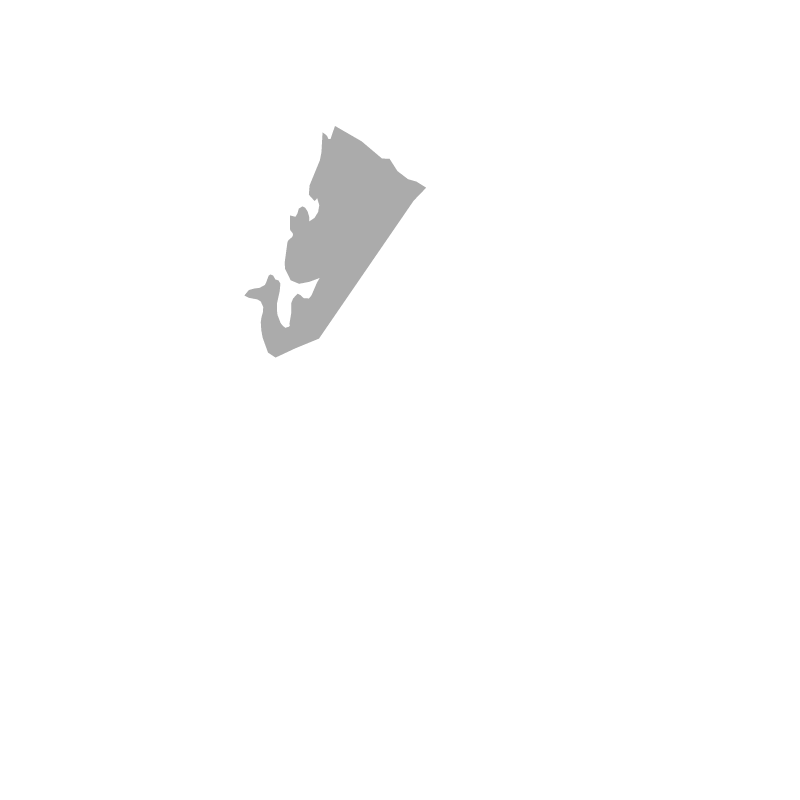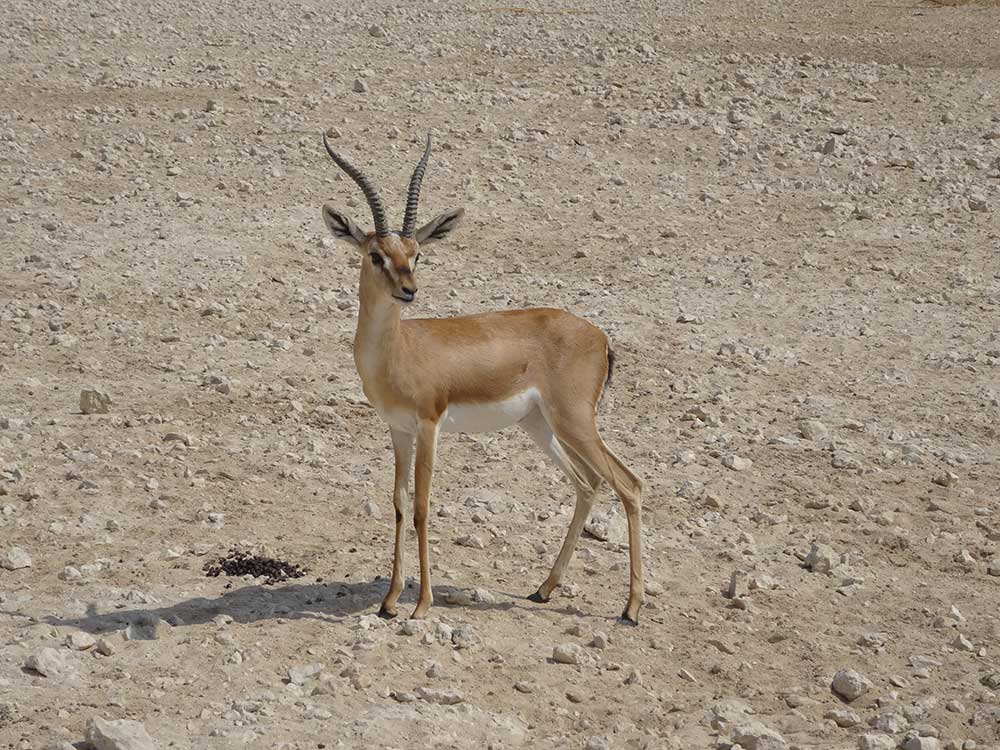

Name: Sand Gazelle or Reem
Common name: Sand Gazelle or Reem
Local name: Al Reem
Scientific name: Gazella subgutturosa marica
Nature Reserves: Al Mashabiya Reserve,Al Reem Reserve
Size: 120
Habitat:
Sand Gazelle inhabit desert and semi desert areas, including sand seas. They are highly nomadic, travelling large distances for suitable forage. The extreme heat of this environment limits their feeding to the early morning and evening. Most of their water requirements are met from dew and plant moisture.
Habits:
The Sand Gazelle is a nomadic species, Groups of up to 15-20 females and young, with a single male are found, especially in winter. Other males are solitary or live in small bachelor herds. Gestation is about six months, and young are usually born in the spring. Females frequently give birth to twins. The longevity in nature may be up to 14 years.
Sand Gazelles feed mainly on leaves and young shoots, but will also graze on grasses and herbs.
Distribution:
In Qatar, the Sand Gazelle became extinct in the mid-1950s due to hunting, but have been reintroduced into reserves, such as the Ras Abrouq Peninsula, and are now thriving.
Description:
Length: 120-95 cm, Tail length: 13-17 cm, Weight: about 30 kg in males, less in females. Horn length male: 20-30 cm, Horn length female: 10 cm
Sand Gazelle are the largest gazelle species in Arabia. The species is famed for its beauty and agility while running. They are cautious animals, and run at high speed to avoid danger, without the leaping gait seen in other gazelle species. They are stockily built, and a light sandy colour. There may be ill-defined facial and flank markings and the undersides are white. The male has long, curved, lyre back horns and a goiter like swelling at the throat, which becomes more prominent in breeding time.







